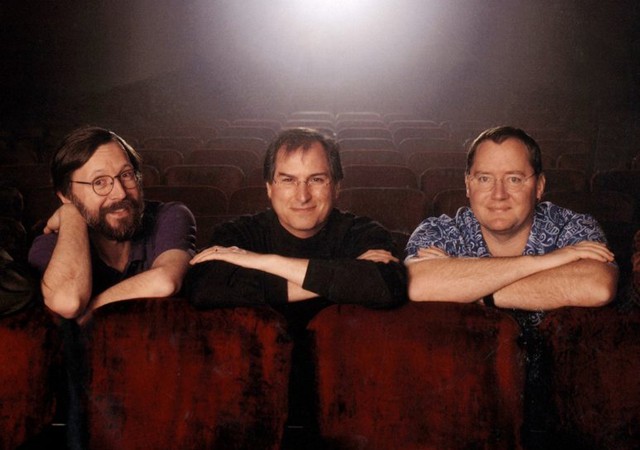The new Steve Jobs biography, Becoming Steve Jobs: The Evolution of a Reckless Upstart into a Visionary Leader, promises plenty of fascinating tidbits about the life of Apple’s co-founder, some of which we’ve revealed here.
But the real thing I’m excited about, that I hope the book does a whole lot better than its predecessor by Walter Isaacson, is answering the question of how exactly Jobs went from being an impulsive, hard-to-work-with co-founder to the cool, collected digital emperor who barely put a foot wrong just over one decade later.
To mark the release of Becoming Steve Jobs, a new Fast Company article written by veteran journalist Rick Tetzeli grapples with that very question. One of Tetzeli’s conclusions? It was all about Pixar.
This post contains affiliate links. Cult of Mac may earn a commission when you use our links to buy items.
For much of its first decade, Apple was riven by internal conflicts, many of them initiated or exacerbated by Steve. After getting fired, however, he had the good luck to experience, at Pixar, a strong collaborative culture. It had been molded by Ed Catmull, a would-be animator who had developed into a great manager over the years. As he steered Pixar through the many difficult periods that preceded the creation of Toy Story, he nurtured an intelligent, respectful, and effective culture.
Catmull was so firmly in charge of the place that he was able to keep Steve from getting too involved in the production, so Jobs watched from a distance as writers and animators worked their way through failed plotlines, poorly conceived characters, and interference from Disney’s then-chief of animation, Jeffrey Katzenberg. After Toy Story, he got to see the team do it again, with A Bug’s Life, and then again and again and again.
“Watching our collaboration, where we were making ourselves better by working together, I think that fueled Steve,” says John Lasseter … who now heads up Disney Animation and Pixar with Catmull. “That was one of the key changes when he went back to Apple. He was willing to be open to the talent of others, to be inspired by and challenged by that talent, but also to inspire them to do amazing things he knew he couldn’t do himself.”
Changing the narrative of Apple’s success from the Great Man theory employed by former Steve Jobs biographer Walter Isaacson to a more inclusive one built around Jobs’ ability to assemble and manage a great team is an important readjustment, and one that we’ve seen play out with Apple’s continued success in the years after Jobs — where Jony Ive, Tim Cook and many, many others have been recognized for the work they have done.
Putting Pixar front and center of Jobs’ changing mindset is also interesting, not least because Jobs’ work with the company is often viewed as secondary in importance next to his work at Apple.
Entitled “The Evolution of Steve Jobs,” the whole Fast Company article can be read here. Becoming Steve Jobs will be available March 24.


